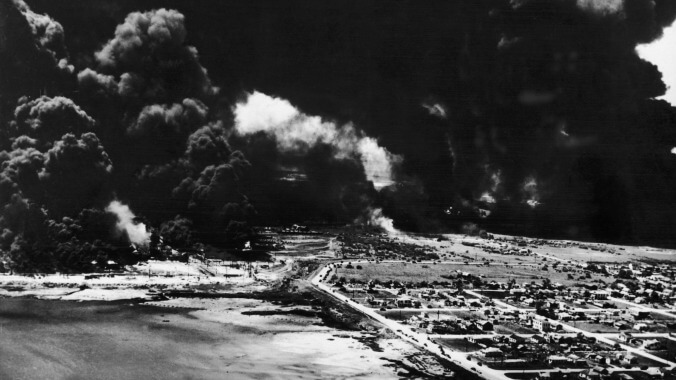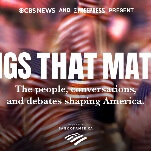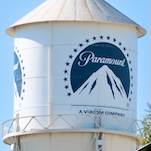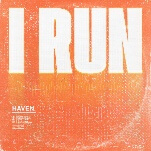Strangest fact: Monsanto and Union Carbide were innocent victims of industrial disasters for a change. Monsanto, described on its own page as “one of the most vilified companies in the world,” produces pesticides, has sued small farmers for using seeds Monsanto tried to patent, and has polluted all over the world. (Bayer dropped the Monsanto name when it acquired the company in 2018). Union Carbide is infamous for the Bhopal Disaster, considered the worst industrial accident in history, in which over half a million people were exposed to toxic gases after a gas leak at a pesticide factory. But in Texas City, both companies’ chemical plants were casualties of, not the cause of, the explosion.
Thing we were happiest to learn: Texas City rebuilt. Donations and other assistance came in from all over the country. Sam Maceo, who ran Galveston’s organized crime syndicate with his brother, organized a benefit headlined by Frank Sinatra, Phil Harris, and Ann Sheridan. Oil and shipping companies rebuilt and even expanded their facilities, and many kept their employees on payroll to help with the rebuilding before going back to their jobs.
Thing we were unhappiest to learn: Texas City’s fire department was almost entirely wiped out. The city had 28 volunteer firefighters; only one survived. Fred Dowdy hadn’t responded to the initial call, so he was on hand to coordinate efforts from the 200 out-of-town firefighters who arrived from as far away as Los Angeles to lend a hand. All four of the town’s fire engines were reduced to “twisted and burned hulks.”
Also noteworthy: The Supreme Court weighed in on the disaster. A group of victims sued the federal government for negligence, arguing that the handling of ammonium nitrate was poorly regulated, and this led to the disaster. The local district court agreed, but the case was overturned on appeal, and the Supreme Court upheld the Appellate Court ruling, saying a local court had no jurisdiction to hold the federal government liable. There was enough outcry about the decision that Congress stepped in, and passed a relief act. The last claim wasn’t settled until a full decade after the explosion, but Congress ended up paying out $17 million ($162 million in today’s dollars).
Best link to elsewhere on Wikipedia: Texas City makes the (non-ranked) list of largest artificial non-nuclear explosions. Oil refinery and arms depot accidents come up often, the largest of which is most likely the 1917 Halifax Explosion, in which a ship carrying explosives crashed into another ship and exploded, killing 1,950 people and destroying most of the city. It’s estimated it would take 250 Massive Ordinance Air Blasts (MOAB, also nicknamed “Mother of All Bombs”) to equal the Halifax blast.
Further Down the Wormhole: The Grandcamp, the ship that started the explosion, was originally the Benjamin R. Curtis, a Liberty Ship (former Wiki Wormhole subject) that served in the Pacific in WWII. After the war, it was sent to France to help the Marshall Plan’s rebuilding efforts in Europe. The continent has produced many notable figures, from Charlemagne to Jedward to Aristotle. While the latter is best-known as a philosopher, he also created a system to classify hundreds of animals, divided by how they were born. Live birth was at the top of the list. At the bottom was spontaneous generation, as most Europeans in the classical era believed that small animals like worms simply appeared out of nowhere under the right conditions. One wouldn’t think that every worm would have its own story, but one would be wrong, based on the size of Wikipedia’s List Of Fictional Worms. We’ll try and come up with an incredibly clever joke about Congress next week.









































